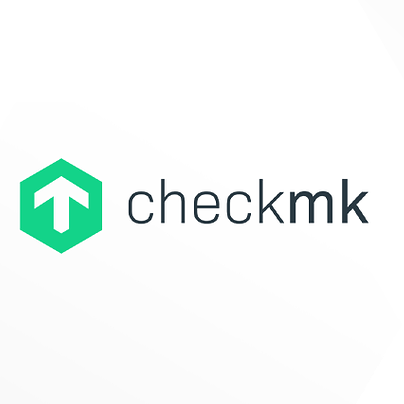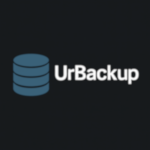Checkmk Raw: When You Want Classic Monitoring with Real Teeth
There’s modern observability — and then there’s monitoring that just shows what broke, when, and why. Checkmk Raw doesn’t try to look like a startup dashboard. It’s built more like a utility panel — full of detail, no fluff.
It’s not exactly lightweight, and the interface won’t win design awards. But it watches servers, services, hosts, switches, disks, databases — and rarely misses a beat. Raw Edition uses Nagios core under the hood, but brings a lot more on top. And all of it runs local.
What It Handles (and Why That Matters)
| Feature | Why It Helps |
| Nagios-compatible core | Mature, event-driven check system — known behavior, predictable load |
| WATO UI | Web-based rule editor — no need to edit config files directly |
| Built-in graphing | Integrated RRD-based graphs for performance data |
| Agent-based & SNMP | Handles Linux, Windows, network gear, appliances |
| Inventory system | Auto-detects hardware, OS details, software, interfaces |
| Rule-based logic | Apply thresholds, groups, inheritance — all from UI |
| Notifications | Escalation paths, time windows, email/SMS/Script support |
| Full local stack | No cloud tie-ins, everything stored on your own infrastructure |
What You’ll Need to Run It
– OS: Linux (Debian, Ubuntu, RHEL, etc.)
– CPU/RAM: 2+ cores, 2–4 GB RAM for small/medium setups
– Storage: Around 1–2 GB for base system; grows with number of checks
– Browser access: Web UI is primary control panel
– No database setup: Comes with integrated Apache, mod_python, and RRDs
Checkmk Raw is entirely self-contained. No Docker, no external DB, no reverse proxy required (though you can add them later).
Install on Debian/Ubuntu (Quick Walkthrough)
- Download the latest `.deb` from official site
- Install:
sudo apt install ./check-mk-raw-*.deb
- Create your site (Checkmk runs as a separate user/site instance):
omd create mysite
omd start mysite
- Access via:
http://localhost/mysiteDefault credentials will be shown after setup. From there, everything — host setup, rules, checks — happens through the web.
Where It’s Used (and Works Best)
– Companies with strict on-prem monitoring requirements
– Environments with legacy systems, switches, bare metal
– Teams who prefer rule-based configuration over dashboards
– Admins who want to build alerts based on logic, not raw thresholds
– Places where a broken disk or service needs to trigger action, not just a graph
Strengths and Sharp Edges
👍 Why admins keep it around:
– Solid core — Nagios is old, but reliable
– The rule engine is powerful once learned
– Checkmk agents are efficient, and checks run fast
– UI makes large-scale config manageable
– Zero cloud dependency — no login, no uploads
👎 What takes getting used to:
– Initial learning curve is very real
– UI feels outdated — but functional
– Advanced setup (like distributed monitoring) takes time
– Some plugins rely on community packages
– Less suited for high-frequency metrics or modern observability stacks
Final Notes
Checkmk Raw isn’t trying to reinvent monitoring. It’s trying to do it well — even if that means being a little old-school. It gives full visibility, doesn’t call home, and puts alerts, thresholds, and graphs in one place without depending on cloud services or 50 tabs of dashboards. For teams who like their tools stable, predictable, and under their control — it fits.






